Reading the color of money
Ever wondered what happens when you insert a bill into a vending machine? [Janne] is back with his latest project: reverse engineering a banknote validator. Curious about how these common …read more


Ever wondered what happens when you insert a bill into a vending machine? [Janne] is back with his latest project: reverse engineering a banknote validator. Curious about how these common devices work, he searched for information but found few resources explaining their operation.
To learn more, [Janne] explored the security features that protect banknotes from counterfeiting. These can include microprinting, UV and IR inks, holograms, color-shifting coatings, watermarks, magnetic stripes, and specialty paper. These features not only deter fraud but also enable validators to quickly verify a bill’s authenticity.
[Janne] purchased several banknote validators to disassemble and compare. Despite varied exteriors, their core mechanisms were similar: systems to move the bill smoothly, a tape head to detect magnetic ink or security strips, and optical sensors to inspect visible, UV, and IR features. By reverse engineering the firmware of two devices, he uncovered their inner workings. There is a calibration procedure they use to normalize their readings, then it will analyze a bill through a sophisticated signal processing pipeline. If the data falls within a narrow acceptance range, the device authenticates the bill; otherwise, it rejects it.
Head over to his site to check out all the details he discovered while exploring these devices, as well as exploring the other cool projects he’s worked on in the past. Reverse engineering offers a unique window into technology Check out other projects we’ve featured showcasing this skill.
























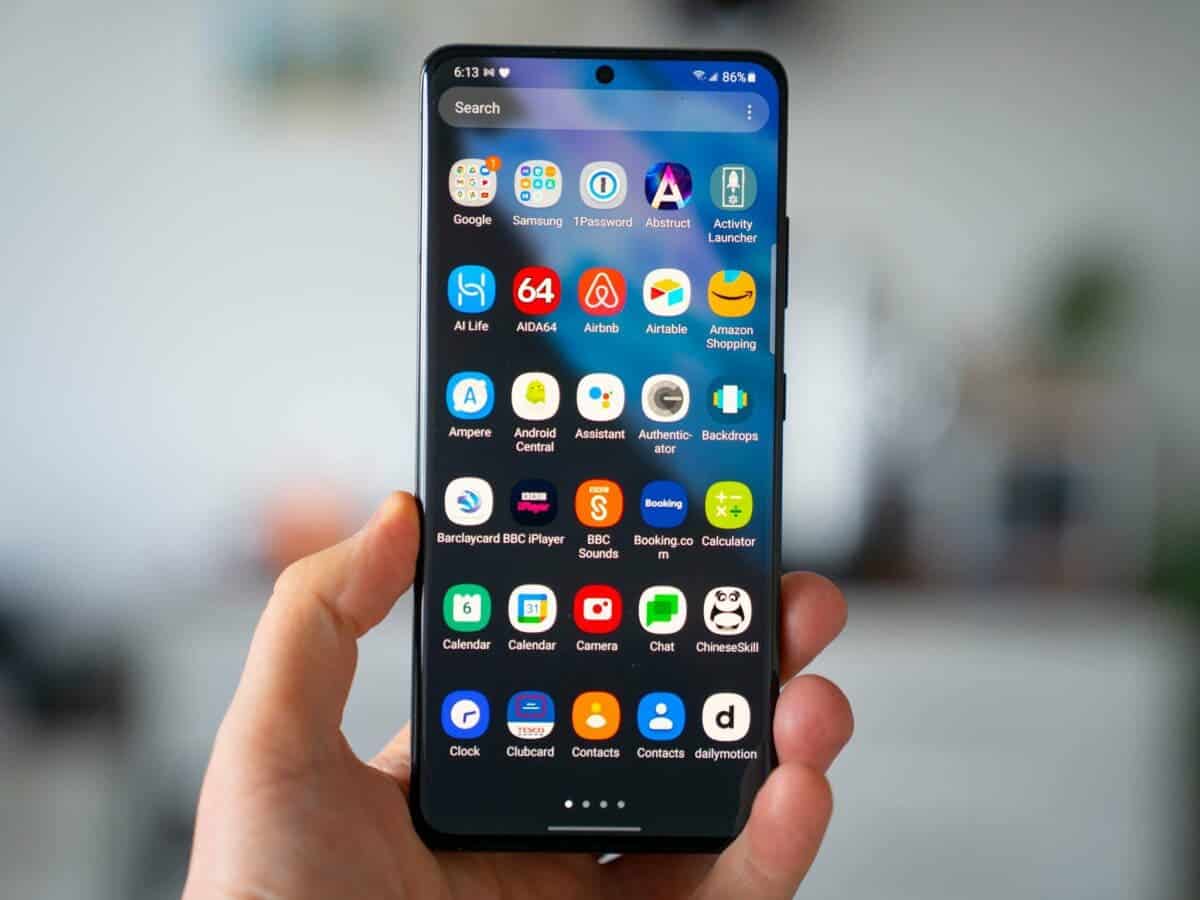




























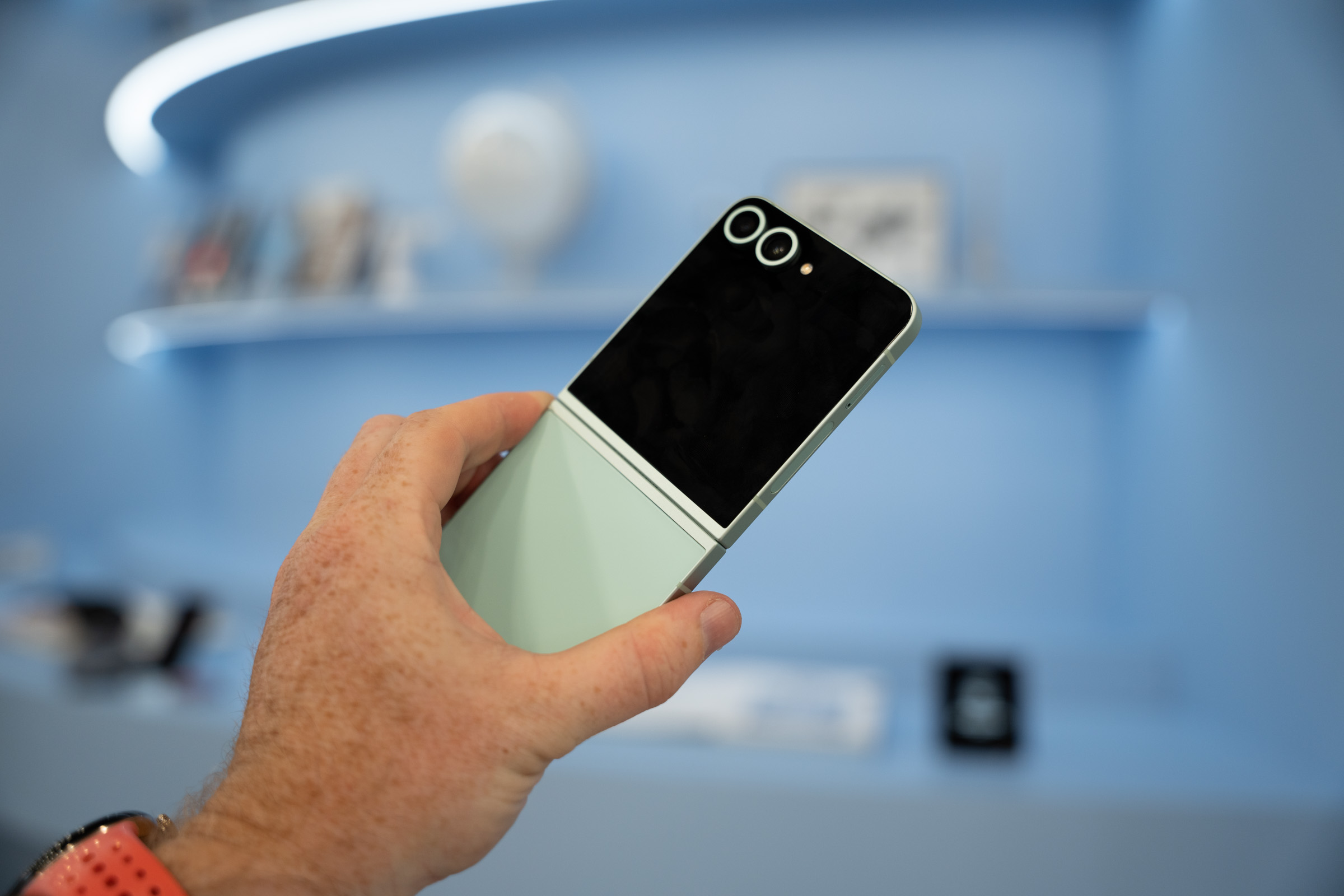
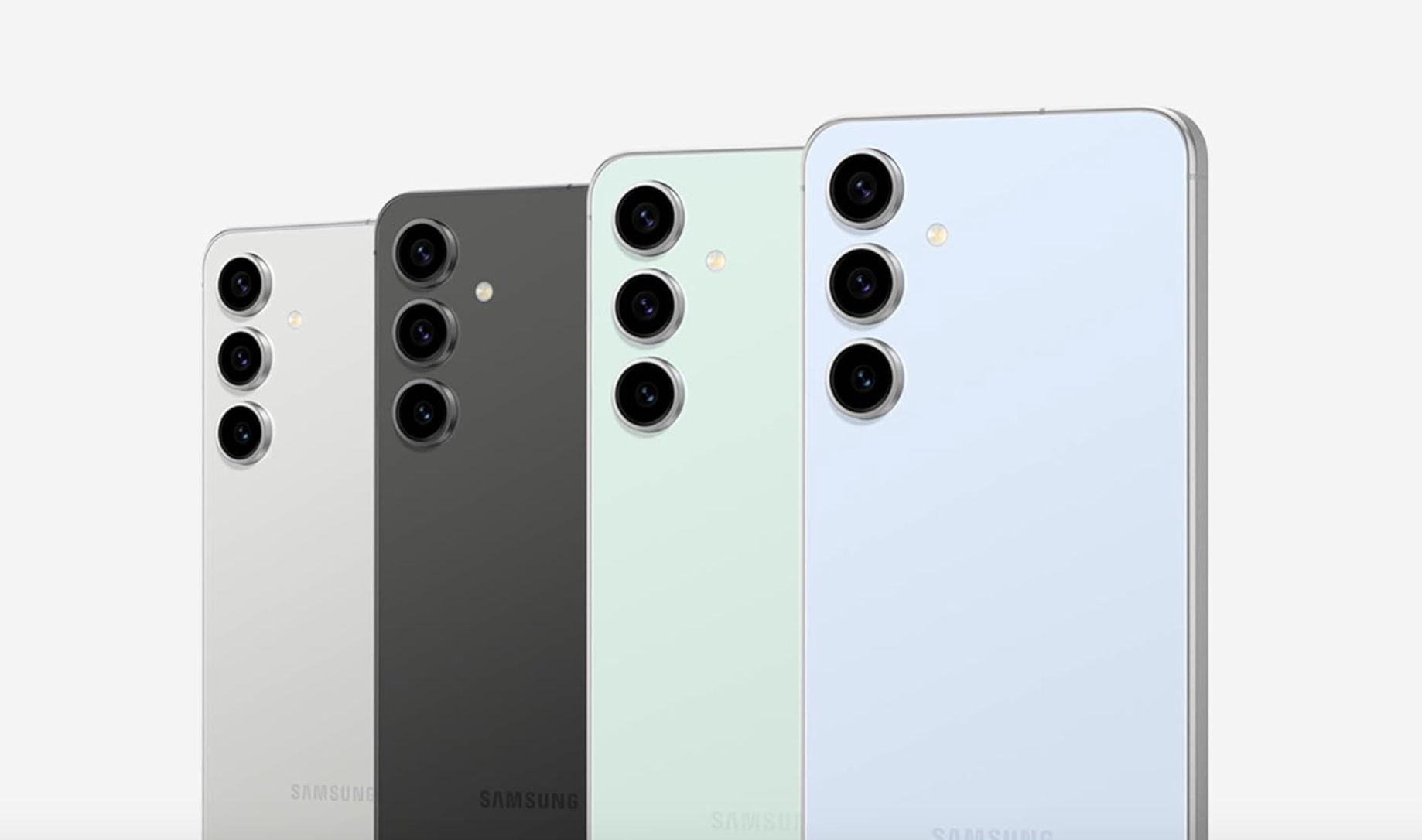





![Apple Shares 'Last Scene' Short Film Shot on iPhone 16 Pro [Video]](https://www.iclarified.com/images/news/97289/97289/97289-640.jpg)
![Apple M4 MacBook Air Hits New All-Time Low of $824 [Deal]](https://www.iclarified.com/images/news/97288/97288/97288-640.jpg)
![An Apple Product Renaissance Is on the Way [Gurman]](https://www.iclarified.com/images/news/97286/97286/97286-640.jpg)
![Apple to Sync Captive Wi-Fi Logins Across iPhone, iPad, and Mac [Report]](https://www.iclarified.com/images/news/97284/97284/97284-640.jpg)

![So your [expletive] test failed. So [obscene participle] what?](https://regmedia.co.uk/2016/08/18/shutterstock_mobile_surprise.jpg)










![[Fixed] Gemini 2.5 Flash missing file upload for free app users](https://i0.wp.com/9to5google.com/wp-content/uploads/sites/4/2025/03/google-gemini-workspace-1.jpg?resize=1200%2C628&quality=82&strip=all&ssl=1)


![As Galaxy Watch prepares a major change, which smartwatch design to you prefer? [Poll]](https://i0.wp.com/9to5google.com/wp-content/uploads/sites/4/2024/07/Galaxy-Watch-Ultra-and-Apple-Watch-Ultra-1.jpg?resize=1200%2C628&quality=82&strip=all&ssl=1)






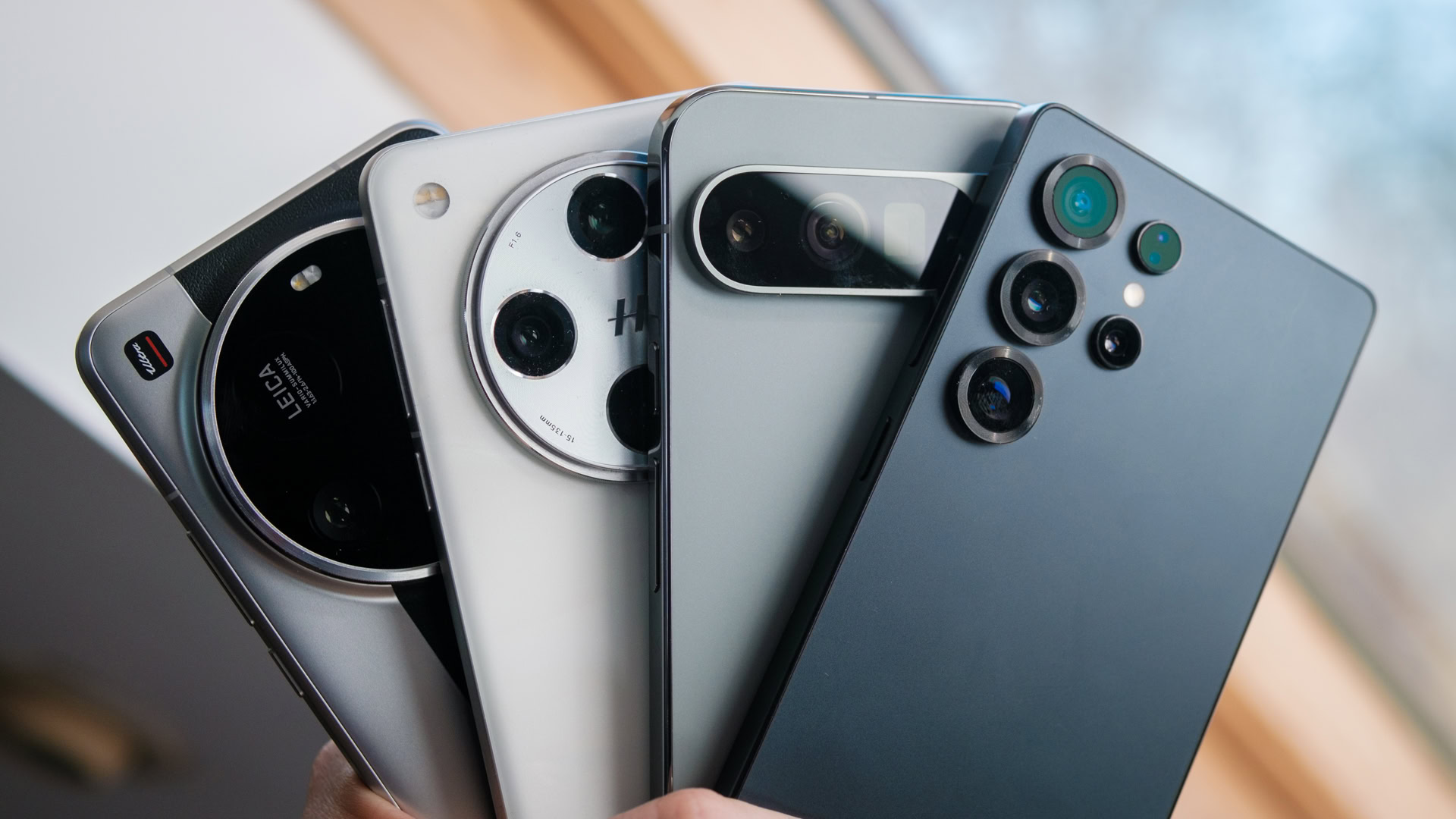





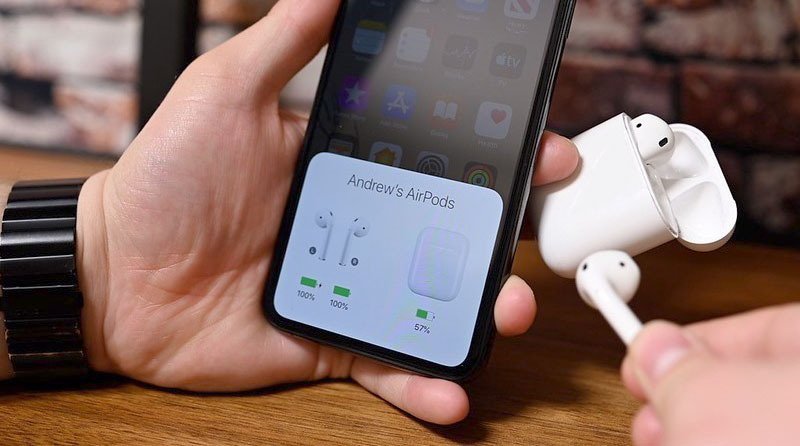

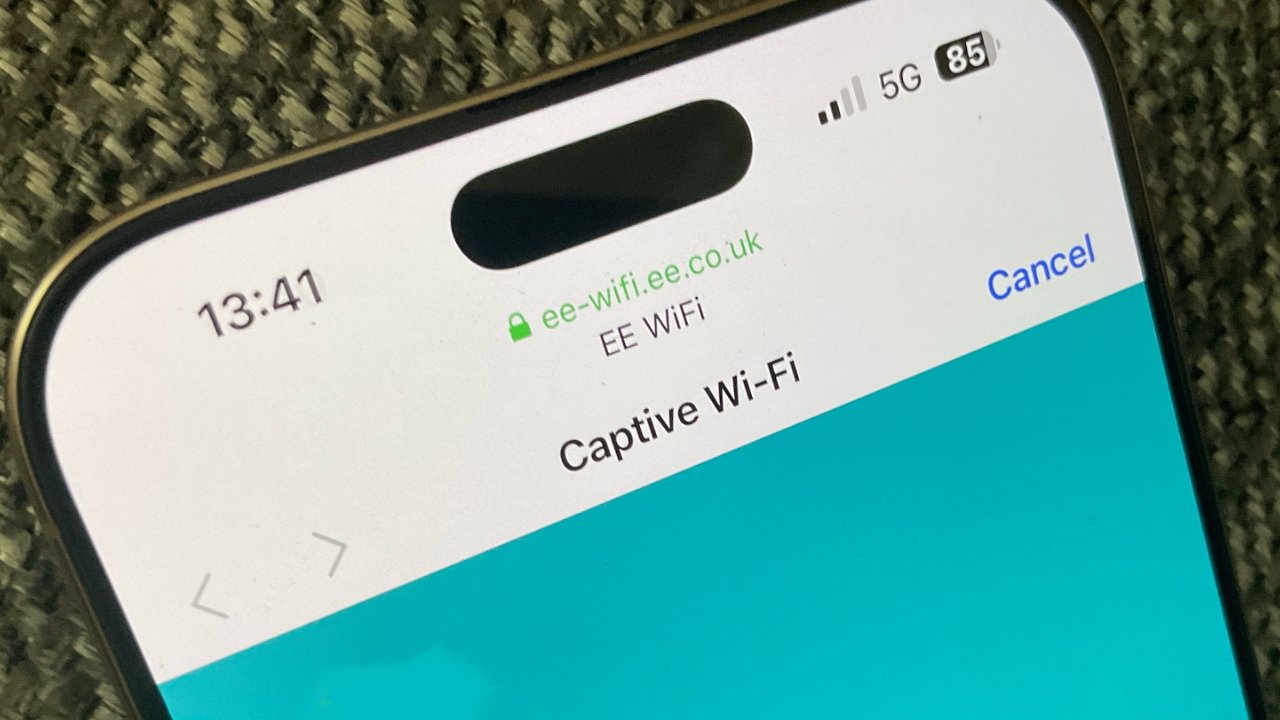



















































































































![[The AI Show Episode 146]: Rise of “AI-First” Companies, AI Job Disruption, GPT-4o Update Gets Rolled Back, How Big Consulting Firms Use AI, and Meta AI App](https://www.marketingaiinstitute.com/hubfs/ep%20146%20cover.png)



















































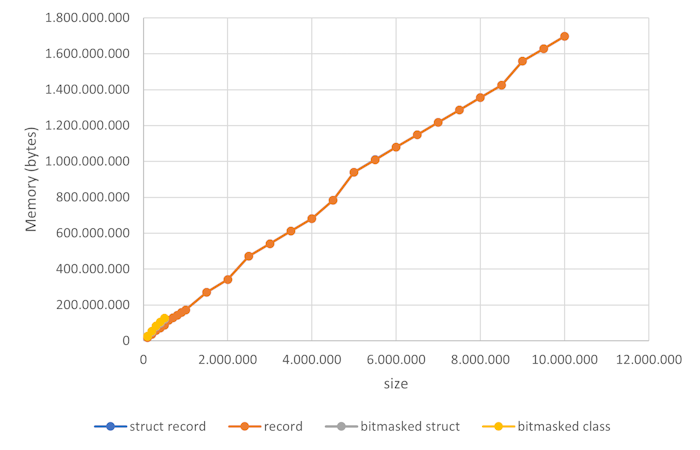
































![Ditching a Microsoft Job to Enter Startup Purgatory with Lonewolf Engineer Sam Crombie [Podcast #171]](https://cdn.hashnode.com/res/hashnode/image/upload/v1746753508177/0cd57f66-fdb0-4972-b285-1443a7db39fc.png?#)


![[DEALS] Internxt Cloud Storage Lifetime Subscription: 10TB Plan (88% off) & Other Deals Up To 98% Off – Offers End Soon!](https://www.javacodegeeks.com/wp-content/uploads/2012/12/jcg-logo.jpg)






































































